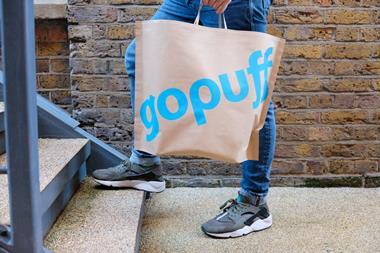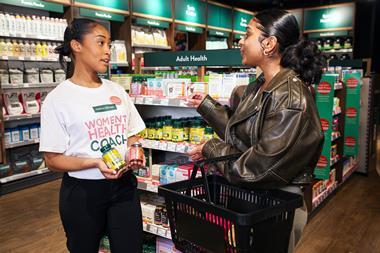We are great picnickers in the Price household. Most weekends in summer and occasionally in winter, we load the car with picnic fayre and head off to a favoured spot.
While for my wife and daughters it is a decade-long tradition, for me it evokes memories of my childhood. I am part of Generation Picnic – children born in the 1960s who were too young to enjoy the liberalisation of the swinging 1960s and glam 1970s, but too old to be techie kids of the 1980s and 1990s.
Our childhood was full of Mousetrap, Etch-a-sketch and Spirograph, wet British holidays, limited TV and picnics, because pubs did not serve children or food and Little Chef and Wimpy were kings of the highway and offered less for more.
We now marvel at cheap air travel, hundreds of TV channels, that a six-year-old wants a mobile phone for Christmas and that our children are wired into fibreoptic cables circling the world.
While the average child of Generation Picnic will live to their mid-80s, my 13-year-old and five-year-old can consider it normal to expect to live to more than 100. Generation Picnic put their trust in and managed information through institutions such as the BBC, broadsheet newspapers, the Yellow Pages and the Government. But, for techie kids, it is what myriad like-minded friends and surfers think.
It’s quicker and easier to Google glandular fever than make an appointment to see a GP. And the information kids are bombarded with is infinitely greater and more complex than in the past, as marketers work their magic.
How many varieties of toothpaste does the world really need? And, as the media exposes and magnifies every human frailty and undermines the historic confidence in those we trusted, how will future generations make quick informed choices.
Who will be the future consolidators of choice – filtering and simplifying information is a huge prize to play for? I wouldn’t bet against one or two retailers dominating the new trust and consolidations list in 50 years.
So where would I place my bets? I would probably lean towards the supermarkets and Tesco in particular being up there. It has skilfully exploited the weekly footfall it has built up to move into non-food and areas such as banking, financial services, telecoms, holidays and now even loft insulation.
In doing so, it can attract a large share of customers’ disposable income. I calculated that if its customers wished, they could spend more that 80 per cent of their available income on the things they needed, in Tesco.
I would also bet on the John Lewis Partnership being a consolidator. With the John Lewis and Waitrose ranges and the new direct services from Greenbee, customers can happily buy a broad range of goods and services from someone they trust.
Mark Price’s book – The Great British Picnic Guide – is published by Ebury and is available in all good bookshops from May 29. Visit Chubbygrocerpicnics.co.uk to share your favourite picnics online.
























No comments yet